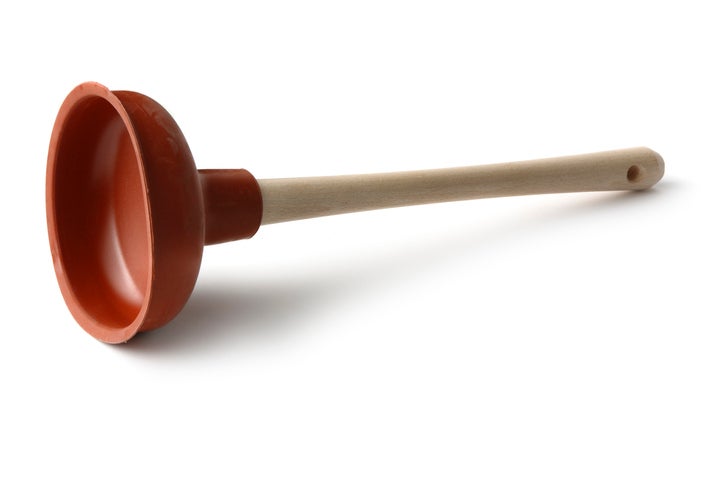How to Pick a Plunger

The key to plunging a toilet or sink drain successfully is to have the proper plunger for the job. Follow this guide to help you identify which type of plunger to choose and how to use it.
Cup Plunger
This basic style is the one most people picture when they think of plungers. It has a straight wooden handle and a simple rubber cup for creating a seal around a sink, shower or bathtub drain. The large mouth of a cup plunger makes it ideal for flat surfaces, but ineffective on toilets.
Cup plungers work by creating positive pressure when you thrust downward and negative pressure when you lift back up. The resulting vacuum effect dislodges whatever is blocking the pipe.
Flange Plunger
This type of plunger is primarily used on toilets. It has a straight handle with a cup attached, just like a basic plunger, but the addition of a flexible rubber flap allows it to create the seal you need in a toilet’s narrow opening.
Some types of flange plungers can also be used on sinks. Simply tuck the rubber flap up, and now it acts like a cup plunger. While this makes flange plungers quite versatile, we don’t recommend using the same plunger on toilets and sinks. Ensure proper hygiene by purchasing at least two plungers for your home.
Accordion Plunger
This plastic plunger is designed to unclog toilets only. Instead of a rubber head, accordion plungers have a ribbed bellow with a small cup at the end to fit into the toilet opening. The pressure this plunger creates is usually enough to dislodge any clog. Just be careful – the hard plastic is liable to slip off the drain and scratch the toilet bowl.
Tips for Using a Plunger
Once you select the right plunger for the job, put it to good use with these tips:
- Place the plunger directly over the drain.
- Pour water around the plunger, if necessary, to partially submerge the cup and help it create an air-tight seal.
- Slowly press down on the plunger to push air out of the cup and form a better seal. (This doesn’t apply to accordion plungers because they don’t create a tight seal.)
- Plunge straight up and down to generate the most pressure while keeping the seal intact.
- After a few forceful thrusts, lift the plunger away. Rinse the drain or flush the toilet to make sure everything’s flowing smoothly. Repeat the plunging process if necessary until the drain is clear.
While plungers are useful tools for unclogging sinks and toilets, there could be an underlying problem if you constantly deal with clogged toilets and stopped up drains. For help unclogging the latest blockage, or to determine what caused it in the first place, please contact Bob Hoegler Plumbing at 732-521-0133. We provide plumbing services in Monroe Township and the surrounding areas of Central New Jersey.
RECENT POSTS
categories
Archives
2024
2023
2022
2021
2020
2019
- December (2)
- November (2)
- October (2)
- September (2)
- August (2)
- July (2)
- June (2)
- May (2)
- April (2)
- March (2)
- February (2)
- January (2)

